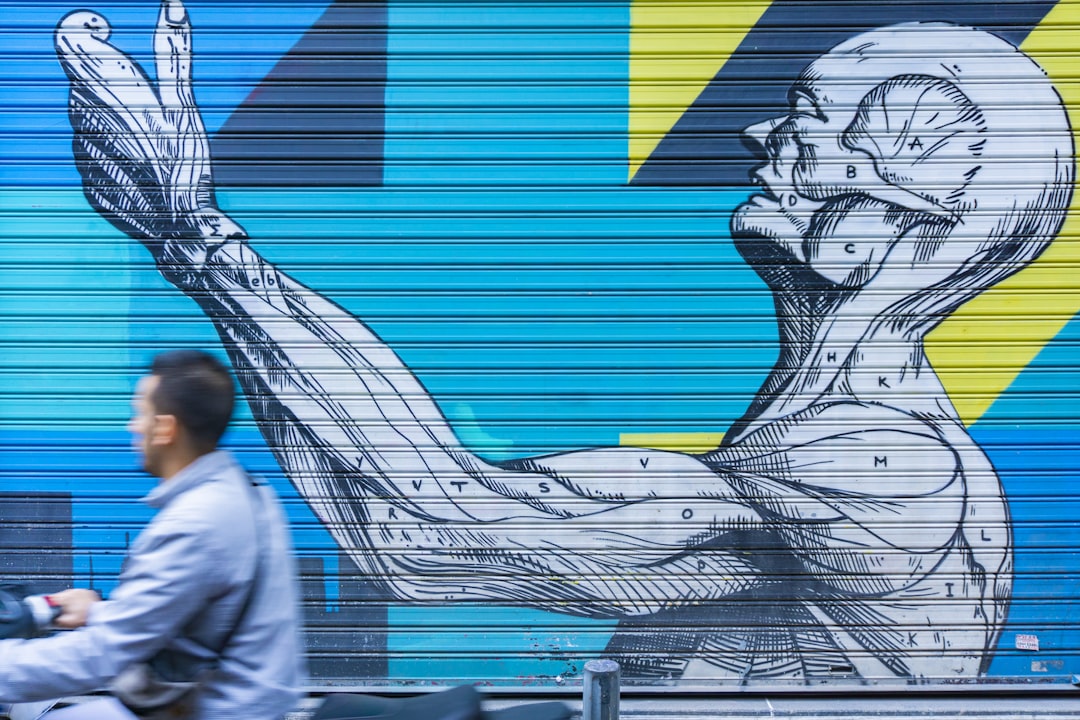What is it about?
Microbial biosynthesis of metal nanoparticles as needed in catalysis has shown its theoretical ability as an extremely environmentally friendly production method in the last few years, even though the separation of the nanoparticles is challenging. Biosynthesis, summing up biosorption and bioreduction of diluted metal ions to zero valent metals, is especially ecofriendly, when the bioreactor itself is harmless and needs no further harmful reagents. The cyanobacterium Anabaena cylindrica (SAG 1403.2) is able to form crystalline Au0-nanoparticles from Au3+ ions and does not release toxic anatoxin-a.
Featured Image
Why is it important?
X-ray powder diffraction, transmission electron microscopy and laser-induced breakdown spectroscopy are applied to monitor the time-dependent development of gold nanoparticles. Some vegetative cells are filled with nanoparticles within minutes, while the extracellular polymeric substances of vegetative cells and the heterocyst polysaccharide layer are the regions, where the first nanoparticles are detected on most other cells. The uptake of gold starts immediately after incubation and within four hours the average size remains constant around 10 nm.
Read the Original
This page is a summary of: Time-dependent growth of crystalline Au0-nanoparticles in cyanobacteria as self-reproducing bioreactors: 2.Anabaena cylindrica, Beilstein Journal of Nanotechnology, March 2016, Beilstein Institut,
DOI: 10.3762/bjnano.7.30.
You can read the full text:
Contributors
The following have contributed to this page










